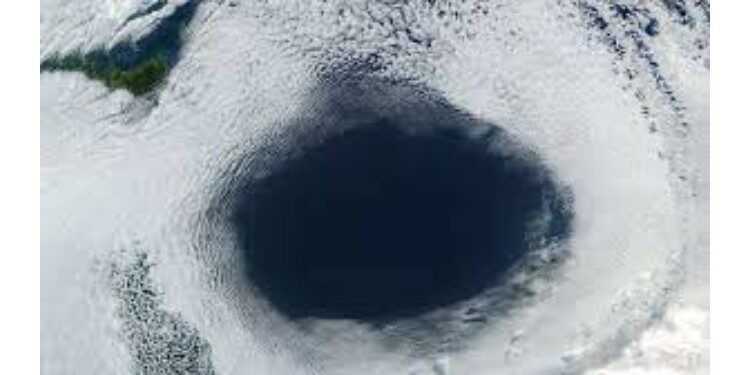In news– A recent study has claimed that a new ozone hole has been detected over the tropics, at latitudes of 30 degrees South to 30 degrees North.
What does the study say?
- As per the new study, the ozone hole is located at altitudes of 10-25 km over the tropics.
- It has stated that the tropical ozone hole is about seven times larger than Antarctica.
- It also appears across all seasons, unlike that of Antarctica, which is visible only in the spring.
- The hole has become significant since the 1980s. But it was not discovered until this study.
- The hole, which makes up 50 percent of Earth’s surface, could cause a global concern due to the risks associated with it.
- It is likely to cause skin cancer, cataracts and other negative effects on the health and ecosystems in tropical regions.
- The earlier studies suggested another mechanism of ozone depletion in the Antarctic: Cosmic rays.
- According to studies, chlorofluorocarbon’s (CFC) role in depleting the ozone layer is well-documented.
- It also noted that the tropical stratosphere recorded a low temperature of 190-200 Kelvin (K). This can explain why the tropical ozone hole is constantly formed over the seasons.
- Taking these factors into account, the team hypothesised that an ozone hole could have formed over the tropics.
- They used a different definition of the ozone hole in this study. They defined it as an area with ozone loss larger than 25 per cent compared to the normal ozone value.
- The reason for the changed definition was that the tropical ozone hole is essentially unchanged across seasons and is therefore invisible in original observed data. This absence is partially due to the conventional definition of ozone.
- Other experts not involved in the study have raised doubts about the study’s claims.
- One of the issues is that the mechanism of ozone loss proposed by this study has been discredited and this study used the 1960s dataset on ozone changes.
- The trouble is that there were very few observations in the 1960s & they were based on model reconstructions, which were poor.
- It is also being argued that a large proportion of the decrease in tropical ozone is probably just a change in stratospheric winds that bring up ozone-poor tropical air.
What is Ozone?
- Ozone is a gas made up of O3, or oxygen atoms bound together in groups of three — forms in Earth’s upper atmosphere.
- According to NASA, an ozone hole is an area where ozone levels drop below the historical threshold of 220 Dobson Units (DU is the measure of ozone concentrations).
- Most ozone sits in the stratosphere, the atmospheric layer that lies 10 to 50 kilometres above the planet’s surface.
- There, the gas acts as a kind of sunscreen, shielding Earth from the sun’s powerful ultraviolet (UV) rays.
Source: Down To Earth
















